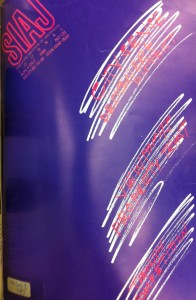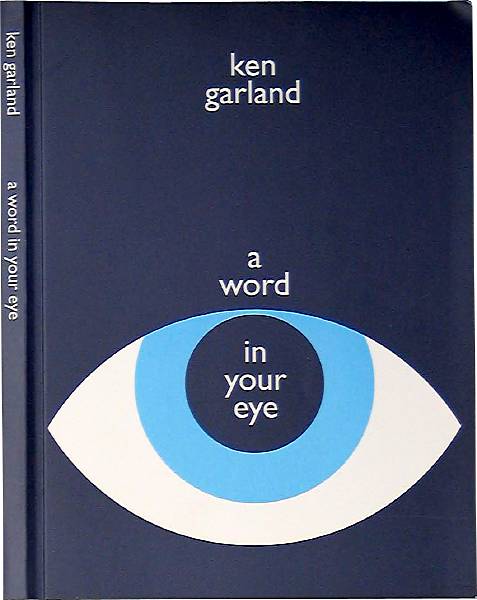The world of content creation is changing, and I was reminded of this after reading The Story So Far: What We Know About the Business of Digital Journalism, and watching the documentary PressPausePlay this week. Both pieces of work touched upon how the digital era was changing not only how content was created, but also who was doing so and what was being produced.
This can be seen in Singapore’s media scene, which has traditionally been dominated by Singapore Press Holdings and Mediacorp. Both produce content for newspapers, magazines, television and radio — the traditional mediums of communication. They derive their revenue mainly from the content they produced, depending heavily on advertisers, as well as subscribers.
Not so for a new breed of media producers in Singapore. Besides individual bloggers, there seems to be an increasing list of publications produced by teams of people in the genre of lifestyle, arts, and culture. Take a look at Actually Magazine, a website on lifestyle and culture. The people behind it? The owners of fashion stores ACTUALLY…, ActuallyActually and Very Wooonderland. Then, there’s POSKOD.SG, an online magazine about modern Singapore that was started by a branding agency Studio Wong Huzir.
Besides starting publications online, some of these new media producers have also entered the world of print too. Branding agency kult has released the sixth issue of its illustration magazine of the same name, while design studio HJGHER is on its second issue of its lifestyle publication Underscore Magazine. Anonymous, started by the designers at SILNT, have also embarked on Bracket, a magazine that features the thoughts of some of the best minds in today’s creative world.
The one thing that is common about all these publications? None of them actually make a living off it. Instead, they are often passion projects of local creative-base companies who fund the publications with what they earn from their core business, which isn’t media. As The Story So Far notes:
“If the old formula of “adjacency” — selling ads and commercials alongside content — is fading, what will replace it? There are many possibilities, but few are likely, on their own, to provide the stream of dollars that advertising and circulation once did.”
While these publications may not earn their publishers money, there are other benefits. It is a vehicle of getting your brand out to a larger audience, creating something that expresses your values and beliefs. Both Underscore and Bracket have enabled their Singapore founders to be known overseas after the publications snagged awards and accolades.
Having their own publication also helps cultivate audiences and markets, especially if it is small and undefined. This is probably why government boards have also created their own online publications such as the National Heritage Board’s Yesterday.sg and the National Art Gallery’s The Canvas to promote their respective causes.
But it’s not just commercial companies that are redefining Singapore’s mediascape. There are also groups of Singaporeans who have harnessed the ease of publishing nowadays to pursue their own interests, forking out of their own time and money. One of the oldest must be The Flying Inkpot, a theatre and dance review that has been around since 1996. For film buffs, there is SINdie, which reports on Singapore’s independent film scene, literary lovers can turn to Quarterly Literary Review Singapore and Ceriph, while academics and critical thinkers can try out the multidisciplinary e-journal s/pores.
The magazines I have listed here are only just a small sampling of what there is out there. If you know of others I may have missed out, do let me know!


